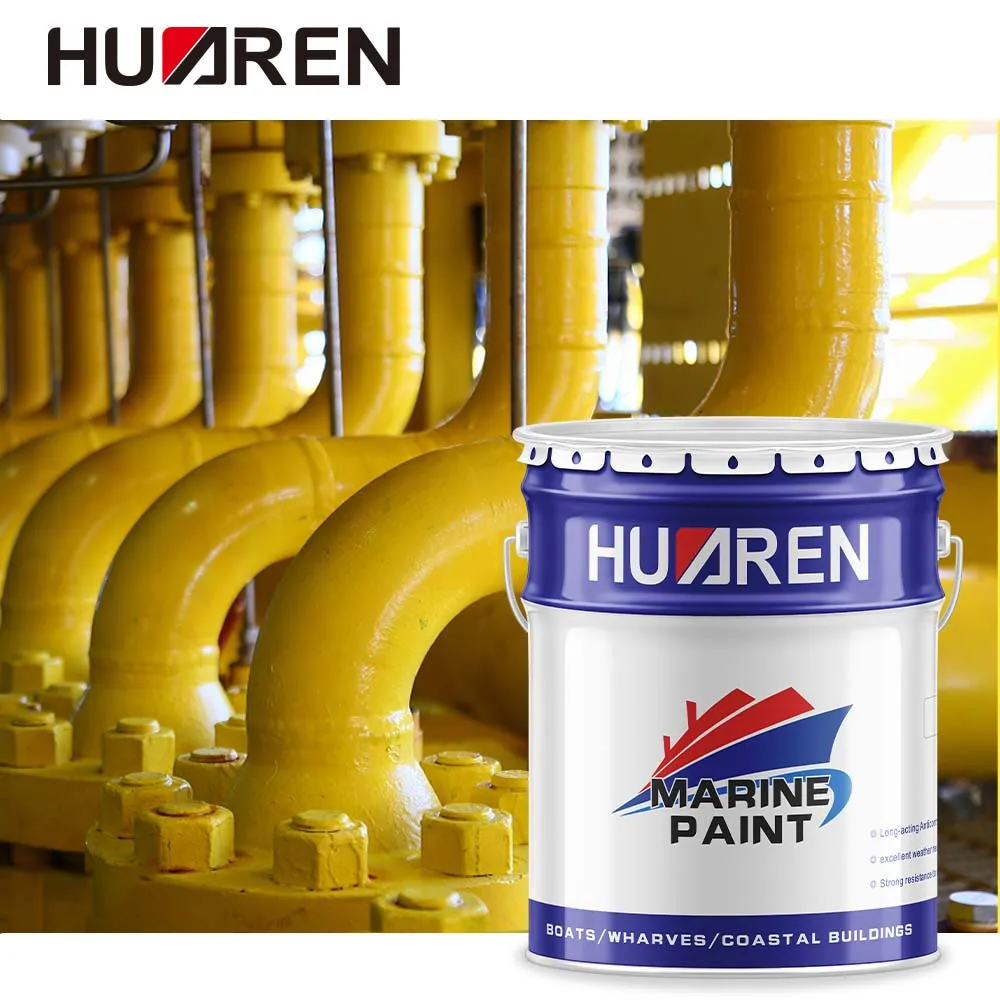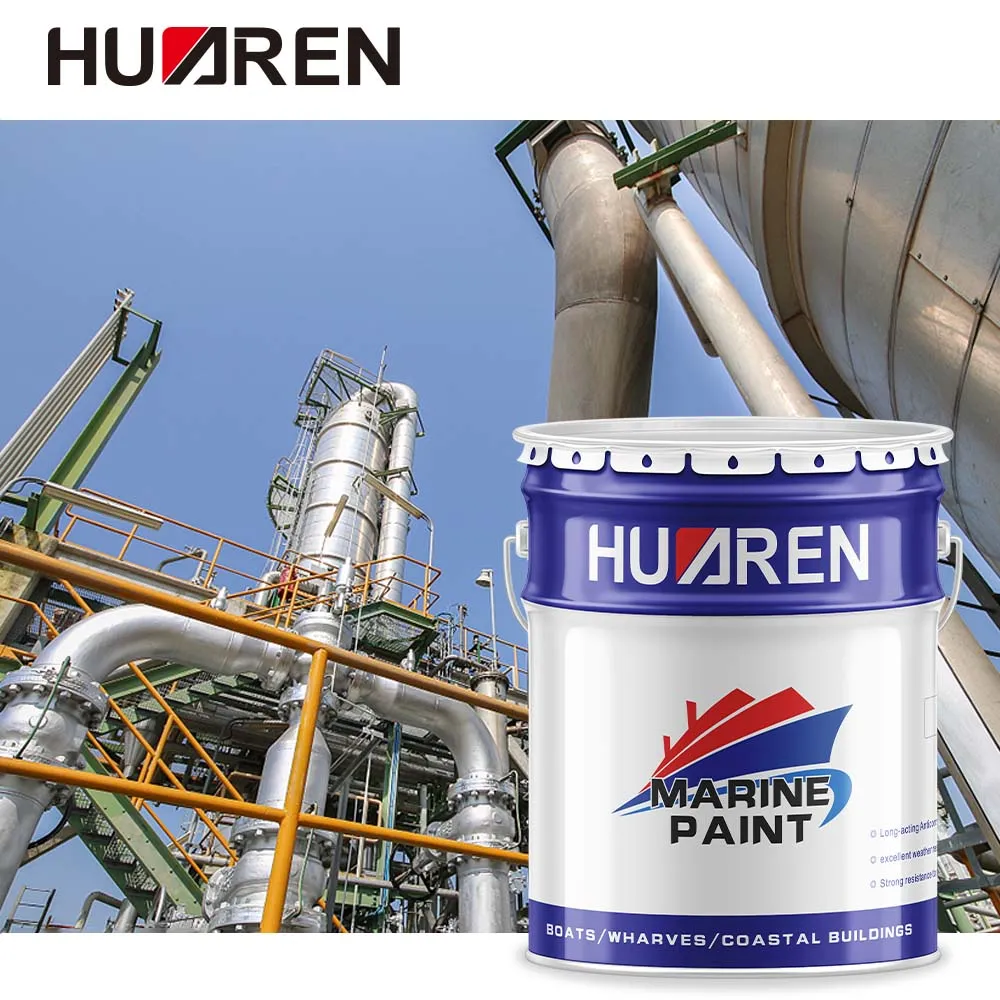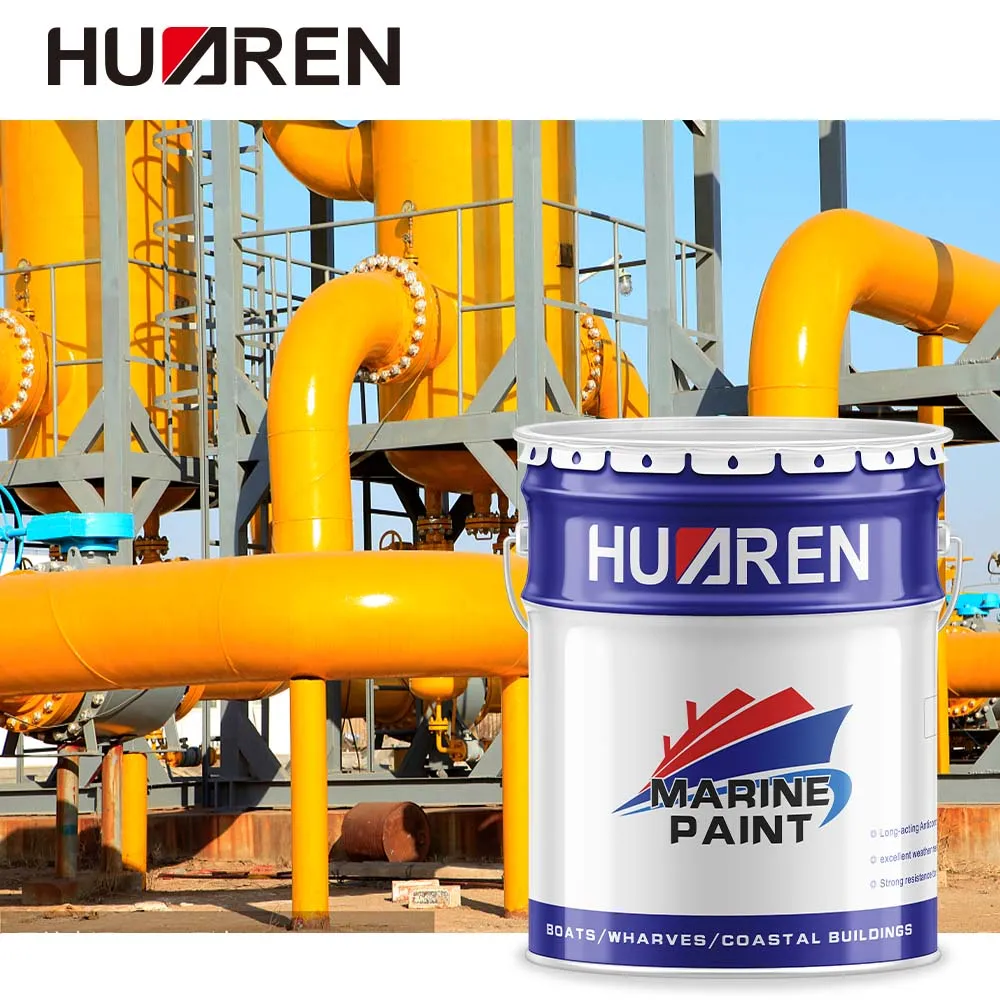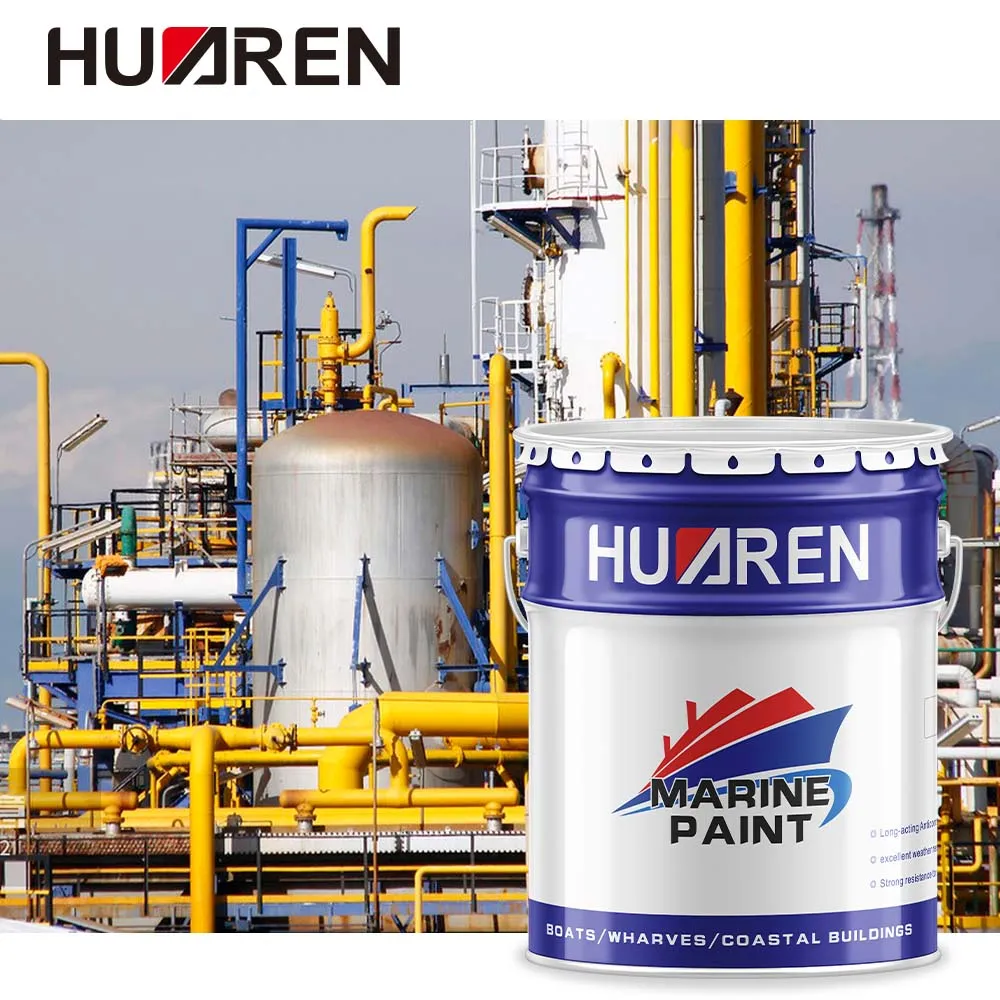The protective coating of a ship not only determines its appearance, but also directly affects the service life and safety of the ship. As a common coating in ship coating, epoxy resin coating is widely used in the ship industry due to its excellent corrosion resistance, adhesion and strength. However, many people do not fully understand the drying time and related influencing factors when using marine epoxy resin coating, which may lead to unsatisfactory coating effects and even affect the normal use of the ship.
This article will discuss in detail the drying process of marine epoxy resin coating, the various factors affecting the drying time, and how to ensure the best drying effect of epoxy resin coating through reasonable construction management.

What is marine epoxy resin coating?
Marine epoxy resin coating is a high-performance coating that uses epoxy resin as the main ingredient, supplemented by curing agent, filler and other additives. Epoxy resin coating is widely used in the anti-corrosion protection of hulls, decks, cabins and other parts due to its excellent corrosion resistance, water resistance, chemical resistance, mechanical strength and adhesion. Epoxy resin coating has a long service life and can provide excellent protection in harsh marine environments, extending the structural life of ships.
The scope of use of marine epoxy resin coating includes:
● Anti-corrosion and anti-rust: anti-corrosion coating on the hull, bottom and parts below the waterline of the ship.
● Waterproof protection: waterproof protective layer in cabins, decks and other parts.
● Aesthetic decoration: color coating of the exterior of the ship.

What is the drying process of marine epoxy resin coating?
The drying process of epoxy resin coating is different from other types of coatings. It is mainly divided into three stages: surface drying, hardening drying and complete drying.
1. Tack-free
Tack-free means that the surface of the coating feels dry to the touch and is not sticky, but the inside is still uncured. At this stage, the coating surface loses its stickiness and can avoid surface contamination. However, the strength of the coating is low at this time and is not suitable for secondary coating.
● Time: It usually takes 2-4 hours, but the specific time is related to factors such as temperature, humidity and coating thickness.
2. Cured Dry
Cured Dry means that the coating is completely cured inside and outside, achieving sufficient strength and adhesion, and can withstand slight external forces. The curing process is a key stage of epoxy resin coating. During this process, epoxy resin and curing agent react chemically to form a three-dimensional network structure, which greatly improves strength and durability.
● Time: Generally, it takes 24-48 hours of curing time. At this time, although the coating has initial wear resistance and strength, excessive collision and friction should still be avoided.
3. Fully Cured
Fully Cured means that the marine epoxy resin coating has been fully cured and achieved optimal strength, wear resistance and corrosion resistance. At this time, the coating has the best adhesion, hardness and chemical resistance, and can withstand pressure, friction and external environment in normal use.
● Time: It usually takes 7 days or more, and the specific time varies depending on the thickness of the coating, temperature, humidity and the type of epoxy resin used.

What are the factors that affect the drying time of marine epoxy resin coating?
The drying time of marine epoxy resin coating is affected by many factors, and understanding these factors can help construction personnel optimize the coating process and ensure the ideal drying effect of the coating.
1. Temperature
Temperature is one of the most important factors affecting the drying time of marine epoxy resin coating. Higher temperatures can accelerate the curing reaction of epoxy resin and make the coating dry faster, while lower temperatures will extend the drying time.
● High temperature environment: In warm weather conditions (such as temperatures above 25°C), marine epoxy resin coating dries faster, and the surface drying time is usually within 1-2 hours, and the hardening dry time can be completed within 12 hours.
● Low temperature environment: In cold environments (such as temperatures below 10°C), the curing reaction of marine epoxy resin coating will slow down and the drying time will be significantly extended. At this time, it may take longer to achieve hardening dry, and it may even take multiple days to complete full curing.
2. Humidity
Humidity also has a certain impact on the drying process of epoxy resin coating. Higher humidity will increase the condensation of moisture in the coating and affect the drying speed. When the humidity is too high, the coating may not be effectively cured, resulting in poor adhesion.
● High humidity environment: Excessive humidity may cause the paint surface to be difficult to dry, and even cause surface adhesion or cracking. Therefore, it is necessary to ensure that the ambient humidity is within the appropriate range during construction.
● Low humidity environment: In a low humidity environment, the drying and curing of the coating will usually be accelerated, but it is also necessary to avoid excessively dry air, which will cause the surface of the paint film to harden too quickly, which may cause cracks or peeling.
3. Coating thickness
The coating thickness of epoxy resin coating directly affects its drying time. Thicker coatings take longer to dry because they take longer to react and cure chemically. Thin layers of coating will dry faster.
● Thin coatings: For thinner coatings, the surface drying time is generally shorter, usually within 1-3 hours, and it takes 1-2 days to dry completely.
● Thick coatings: Thicker coatings take longer to fully cure, especially in low temperature or high humidity environments, and the drying time of thick coatings may take 3 days or longer.
4. Ventilation conditions
Good ventilation environment helps the solvent in epoxy resin coating evaporate and promotes the drying of the coating. A closed environment with poor air circulation may cause the coating to dry slowly and even affect the final coating effect.
● Good ventilation: In a ventilated environment, the volatile solvents of the coating can evaporate quickly, promoting the drying and curing process of the coating.
● Poor ventilation: If the ventilation conditions are poor, the volatilization rate of moisture and solvents will slow down, resulting in a longer drying time for the coating.
5. Curing agent type
The curing speed and required drying time of epoxy resin coating vary depending on the type of curing agent. Common types of curing agents include room temperature curing agents and heating curing agents. Room temperature curing agents can usually be cured at room temperature, while heating curing agents require heating to accelerate the curing process.
● Room temperature curing agent: This curing agent reacts slowly and is suitable for general construction environments, with a longer drying time.
● Heating curing agent: Heating curing agents can significantly accelerate the curing process and shorten the drying time. They are usually used in scenarios requiring efficient construction.

Construction and management of marine epoxy resin coating
In order to ensure that marine epoxy resin coating can dry within the expected time and achieve the best results, construction management is very important. Here are some suggestions to help applicators and ship owners effectively control the drying process of epoxy resin coating:
1. Control the construction environment
Ensure that the coating construction environment meets the temperature, humidity and ventilation requirements. Before construction, it is best to check the weather forecast to avoid construction in an environment with high humidity, low temperature or excessive wind speed. If the conditions are not suitable, you can choose to use heating equipment and dehumidification equipment to optimize the construction environment.
2. Reasonable coating mix
Mix the ratio of epoxy resin and curing agent according to actual needs. Too high or too low curing agent content may affect the drying time and effect of the coating. Mix according to the ratio recommended in the marine epoxy resin coating manual to ensure the quality and drying effect of the coating.
3. Multi-layer construction
When painting a ship, it should be decided whether to use multi-layer coating according to the structure, environmental conditions and anti-corrosion requirements of the hull. Appropriate drying time should be maintained between each layer of paint to avoid uneven coating or peeling due to premature coating.
4. Wait for complete drying
After the painting is completed, be sure to wait for the paint to be completely dry and cured before proceeding to the next step or putting it into use. Early use or premature application may affect the adhesion and protective effect of the coating and shorten the service life of the marine epoxy resin coating.
As a trusted Chinese factory, Huaren Chemical Industry Co., Ltd. specializes in providing cost-effective industrial coatings and resins. With over 20,000 tons of annual production, we offer a variety of high-performance products, including marine epoxy resin coatings, acrylic paints, and alkyd finishes. Our solutions are widely used in industries like construction, petrochemicals, and shipbuilding. Contact us today for detailed quotes and promotional offers.

